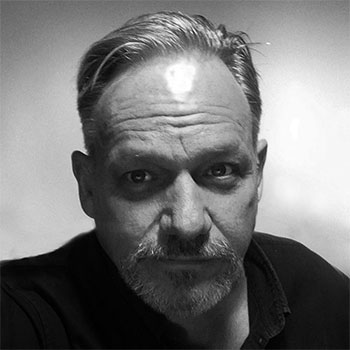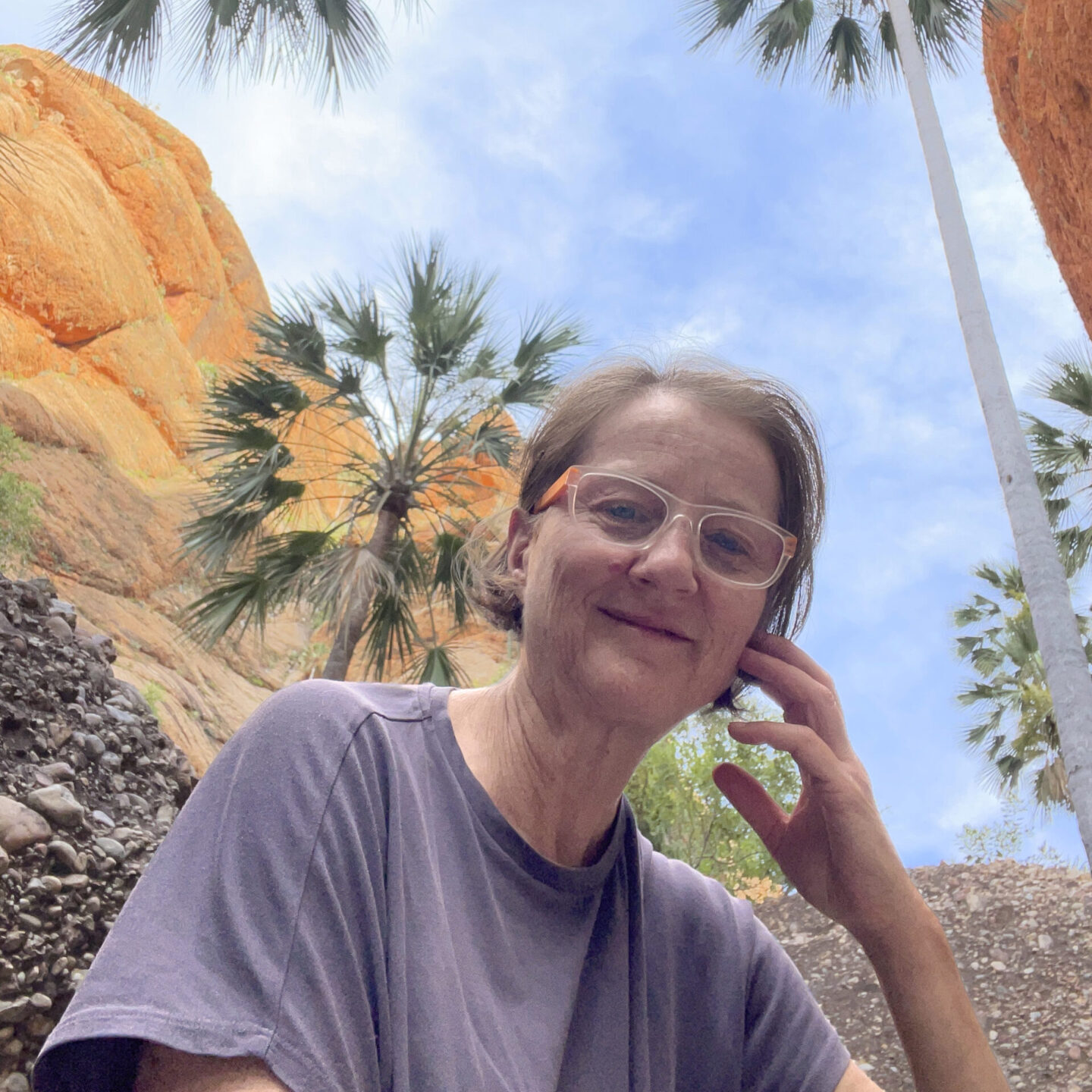
In Conversation with Russell Kennedy

Russell Kennedy is a Senior Lecturer in visual communication design at Deakin University. He is an academic and practitioner of communication design and filmmaking.
Before joining Deakin, Russell was an Adjunct Research Fellow at Swinburne University of Technology and prior to that a Senior Lecturer at Monash University. He has also been the principal of Russell Kennedy Design, a corporate identity consultancy, and co-owner of Onset Productions, a motion picture and documentary company. Credits include Co-producer of Rose Against the Odds, the life story of Lionel Rose and The Story of a Game, FIBAs’ official history of basketball. Russell was President (2009-2011) of Icograda, renamed Ico-D, the International Council of Design in 2014 and a board member from 2003 to 2013.
Russell is a Fellow of both the Royal Society for the encouragement of Arts, Manufacture and Commerce (RSA) and the Design Institute of Australia (DIA). He is currently a Regional Ambassador to INDEX: ‘Design to Improve life’, the Danish Government’s international award program. He has also been advisor to the City of Seoul for the Seoul Design Olympiad (2009) and World Design Capital (2010). After joining the Ico-D Board in 2003, he was active in the development of the Ico-D Education Network (IEN) and the deployment and promotion of worldwide educational exchange initiatives.
Who (or what) inspires you?
It may sound trite but Nelson Mandela continues to inspire. To me he was a political leader who clearly understood the important role design can play in achieving a countries goals. Mandela’s strategic use of design to facilitate the peaceful transition of power was extraordinary, as was the way he employed design to adjust and authenticate South Africa’s national identity. I am inspired by those who champion design as an agent of change, in particular designers who advance knowledge with an aim to improve the human condition. Design thinking has only scratched the surface as a methodology to facilitate innovation and address large-scale global issues. I regard Tim Brown and a game changer in the area of participatory problem solving. I am also inspired by the under celebrated genius of cross disciplinary design thinkers such as the late Robert Buckminster Fuller and Australian Aboriginal inventor, David Uniapon.
How did you get your first break?
After graduating from Swinburne Institute of Technology (Swinburne University) in 1981 I applied for a senior designer position at the Grunwald Design Group, a newly formed division of McCann Erickson Advertising. Although clearly not qualified for a senior position my audaciousness was fortunately viewed as a positive and I was offered a junior position instead. It was a much-appreciated break for a young graduate and a very kind gesture from Heinz Grunwald, a legend of Australian design.
Tell us what you are currently working on?
I’m currently completing my PhD dissertation titled; Designing With Indigenous Knowledge: Policy and protocols for respectful and authentic cross-cultural representation in communication design practice. Like-minded interest in this research area at Deakin University has led to the establishment of an on going research project called Visible Steps. Visible Steps is an Indigenous led collaboration between Deakin University’s Institute for Koorie Education and the School of Communication and Creative Arts. The aim of this research node is to explore the representation of Indigenous cultures within the Australian national identity. It also sets out to facilitate the development of methods to ensure appropriate, respectful and inclusive representation of Indigenous culture in design practice.
Following link is to an article I recently wrote for the Design Institute of Australia (DIA) about John and Ros Moriarty titled, Designing the Australian Style. This Spark feature reflects the spirit of Visible Steps and touches on key issues addressed in my research.
Another recent project involved the new, Zaha Hadid designed Dongdaemun Design Plaza and Park (DDP) in Seoul Korea. I chaired an advisory committee who’s brief was to develop a brand platform with guiding, place-making themes that would resonate with the public and various DDP stakeholders.
I was also invited by the DDP to design a poster for their inaugural exhibition in 2014. The aim of the exhibition was to promote awareness of the DDP as the world’s newest platform for the exploration of the social design agenda.
Top tips for an aspiring Graphic Designer?
It is an exciting time to start a career in design. It is a dynamic profession with a rich history driven by advances in technology and the rapid expansion of communication mediums and forums. Following are a few suggestions for consideration:
- Understand and respect the power of design and try to use it effectively and responsibly.
- Maintain an open mind and never stop learning from others. NOTE: you will learn more about the operation of a design studio in your first year of employment than from three or four years of University.
- Set short, medium, and long-term goals and identify the areas of design you want to work in.
- Balance your specialist expertise with a generalist understanding and cross-disciplinary appreciation.
- Keep in mind that design businesses now operate within a multidisciplinary paradigm so try to refer to your self as a “designer” first, and your discipline second (communication design and/or graphic design).
- Create self initiated projects to keep you motivated. Always have a pet project that sits out side your day-to-day employment. This could be an entrepreneurial design initiative such as a book, exhibition or even a design led social or community based undertaking.
Share it around…






